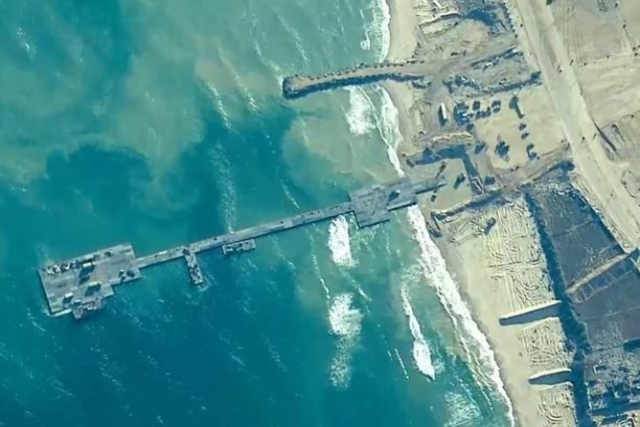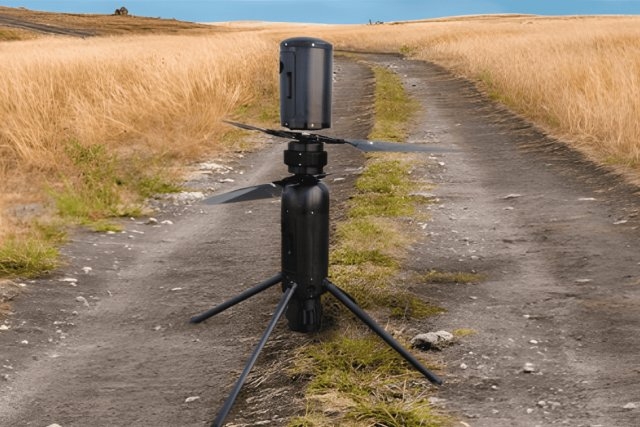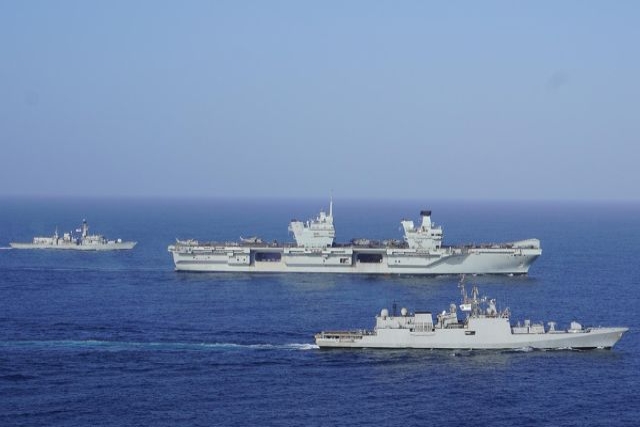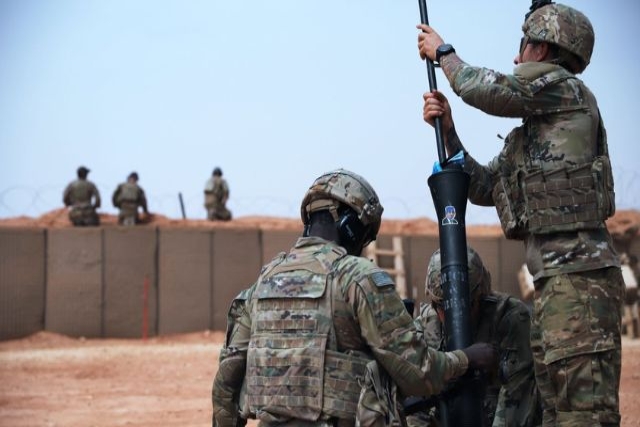U.S. Completes Gaza Pier Repair, Aid to Resume Soon
Delivering aid from the sea has proved effective, with the temporary pier previously delivering over 1,000 metric tons of aid in one week.
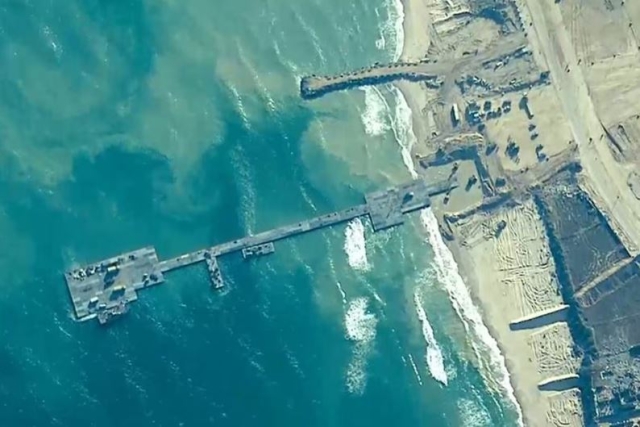
U.S. forces are set to resume the delivery of humanitarian aid into Gaza in the coming days via the Defense Department's Joint Logistics Over-the-Shore (JLOTS) pier.
This announcement follows the successful reattachment of the temporary causeway to the Gaza beach, a task accomplished with the crucial assistance of Israel Defense Force engineers, according to Navy Vice Adm. Brad Cooper, deputy commander of U.S. Central Command.
"To be sure, this method of delivering aid from the sea to the people of Gaza has already proved to be effective," Cooper stated. "During its previous weeklong period of operation, the temporary pier delivered 1,000 metric tons of aid — more than 2 million pounds — to the people of Gaza."
Operations had been halted last month when high seas caused damage to the pier, necessitating its removal and subsequent repairs at the Port of Ashdod in Israel. The pier was successfully reattached to its anchor point in Gaza earlier today.
The overall cost of the project has seen a significant reduction, from an initial estimate of $320 million to approximately $230 million. This cost-saving was achieved through lower-than-expected expenses for contracted vehicles and drivers, alongside Britain's contribution of a military vessel to house U.S. troops involved in the operation, according to Pentagon spokeswoman Sabrina Singh.
"Weather has always been a factor in military operations, and, as we do around the world every day, we will adjust to the weather as required," Cooper noted. "I personally, and I think we as a command, could not be prouder of the exceptional work by our soldiers and sailors who have done a simply superb job in just getting the pier back on mission in very short order."
Cooper praised the partnership between U.S. and Israeli forces, which was pivotal in ensuring the safe reattachment of the pier to the Gaza beach. "They remain completely supportive of our effort to increase the volume of aid into Gaza," Cooper said, adding that the international community continues to support these efforts.
The aid delivery operation is led by the U.S. Agency for International Development (USAID) and is part of broader efforts by the United States and international partners to provide assistance to Palestinians. The operation involves around 1,000 soldiers and sailors from the Army's 7th Transportation Brigade at Joint Base Langley-Eustis, Virginia, and Naval Beach Group 1 at Naval Amphibious Base Coronado, California. This complex operation includes the deployment of JLOTS capability, the construction of a 1,800-foot causeway, and a roll-on, roll-off discharge facility far off Gaza's shore for offloading aid shipments.
The U.S. is coordinating closely with international donors who ship aid to Cyprus, where it is screened and packaged before being transported to the pier. From there, the aid is offloaded into a marshaling area and distributed further into Gaza by humanitarian organizations. Officials emphasized that no U.S. boots are on the ground in Gaza and that the safety of U.S. forces remains a top priority.
Even during the pier's repair period, coordination efforts continued to ensure operations could resume efficiently. The pier had previously accounted for the second-highest volume of aid entering Gaza, delivering about 30% of the total aid during its operation period.
